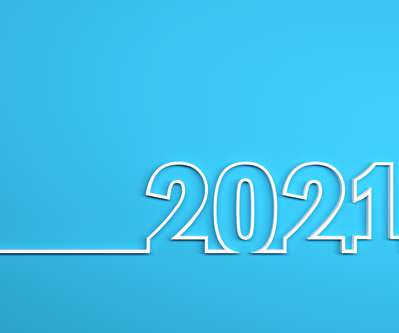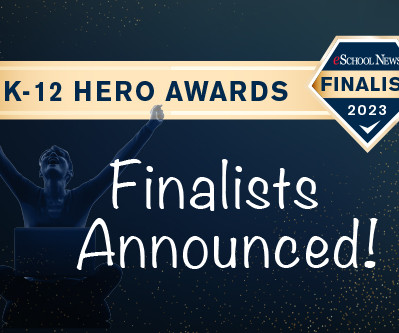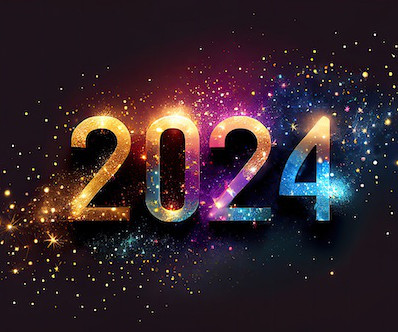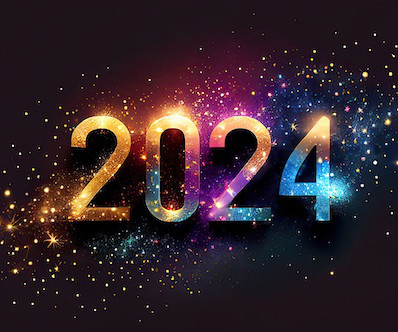How Much Longer Will Schools Have to Scrape Together Technology Funding?
Edsurge
SEPTEMBER 3, 2021
That schools rely on the mega-rich to fund their digital learning at all—and that those funds could dry up at any time—illustrates some of the fundamental problems with K-12 technology spending: It is inconsistent, pieced together haphazardly, and as a result impacts student technology access in disproportionate ways.























Let's personalize your content